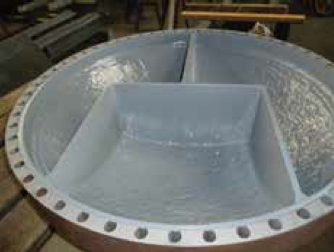
| Date | January/February 2015 |
| Volume | 21 |
| Issue | 1 |
| Return to Journal Index | |
January/February 2015 Inspectioneering Journal Article Index
Challenges abounded in 2014 for the process industries, and it does not look like they will let up soon. But then again, that’s life, as they say. After 40 years in the industry the old adages still ring true, “there is nothing new under the...
Download Pinnacle's Economics of Reliability Report - Refining to see how reliability is affecting profitability.
The future of inspection will be based on predictive and proactive technologies that effectively monitor material properties of structures and systems over their entire service life.
Engineered Composite Repair (ECR) systems are moving into mainstream usage at a faster pace than ever. This increased usage and exposure is working to push them into new frontiers and commands a more demanding understanding of their basic functions.
Avoiding cracking under pressure when managing high-energy piping systems is common subject matter in the power industry. Just as high-energy piping can give way to pressure, stress and fatigue, so can the people in charge of operating them when...
Whether onsite or offsite, the methods for cleaning shell and tube heat exchangers can vary. Refining and petrochemical operators will agree that high standards must be employed with each method. Choosing the right method can make the difference...
Reliability engineering tools and concepts can be used to avoid or delay failures, thus increasing product service life. Design or maintenance teams use reliability engineering techniques to identify failures and their causes.
In the Oil & Gas business we have hundreds of event process chains, each of which bears a cost and contains certain elements of risk. So what can we do to reduce our burden and improve our business? Let’s take a look at the current state of...
Epoxy products have gone through extensive research and development over the years, and have reached the point that when specified for the correct environment, they should perform exactly as intended.
Are you still hitting the welded joints of pressure vessels with a hammer during hydrostatic testing? If yes, then you’re due for a refresher on the pressure testing requirements of ASME Section VIII Division 1 since this requirement was for...
























